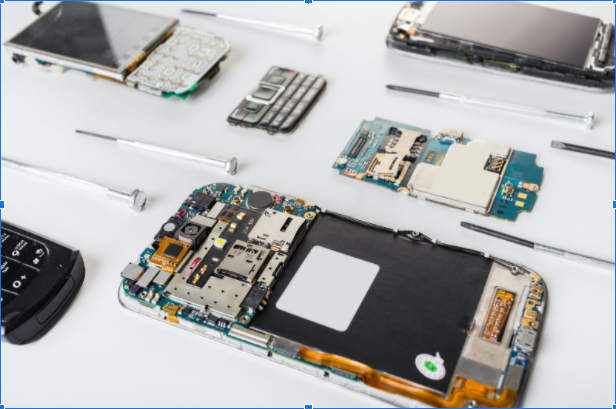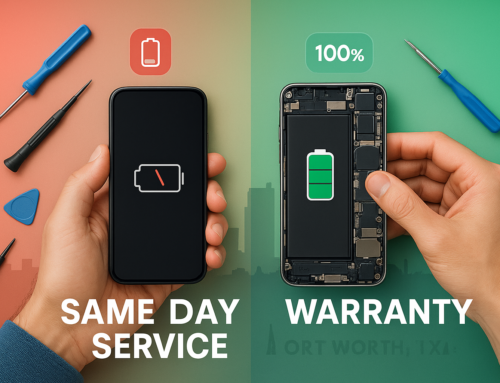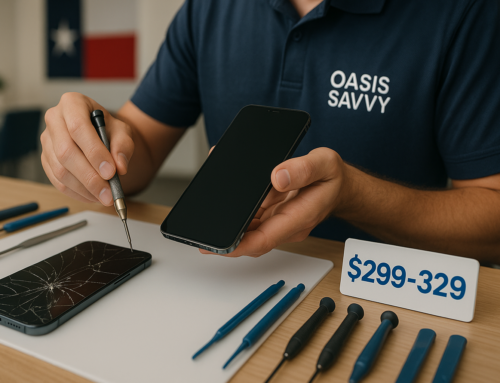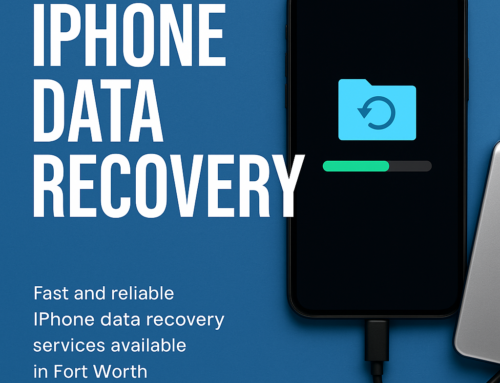In every manufacturing industry, OEM is a term that is used a lot when it comes to individual parts. The cell phone, tablet, and generally any mobile device industry is no different. But to the less tech savvy, what is OEM? Are these poor quality parts or just replacement parts? Many people are often unsure of OEM parts and whether they’re worth it.
When you need replacement parts to prolong the life of your smartphone, there are actually quite a few types that can pop up in your search. This can be confusing and even frustrating if you aren’t knowledgeable about the terms. You’ll find that replacement parts come as OEM, aftermarket, and refurbished. Before heading to your local phone repair store, let’s explore the key differences between these parts.
What Are OEM Parts?
OEM stands for Original Equipment Manufacturer and is the closest that you’ll get to an original. An OEM manufacturer makes parts that are used in another company’s final product. Oftentimes, this OEM manufacturer is actually the one manufacturing the parts that the original product is using.
There are advantages and some slight disadvantages to using OEM replacement parts for your phone repair. The main advantage is quality. OEM parts are of the same standard of quality as the original parts so you can be assured you’re not getting some kind of knock-off part. Only certain manufacturers are even allowed to produce these OEM parts, so in a way you have a certification that the parts are legitimate and not a scam.

The disadvantage of OEM parts lies with the price tag and availability. OEM replacement parts are going to generally be much more expensive than non-OEM parts due to their quality. This is an important disadvantage because more than just the quality of the part is at stake. Using non-OEM parts, especially those from unknown or shady manufacturing companies, can cause more issues with your phone. However, because there are a limited number of contracted manufacturers making these parts their availability is not always the greatest.
OEM, Aftermarket, or Refurbished?
We’ve already discussed OEM parts, but what exactly is a “non-OEM part”? These parts come in two categories: aftermarket and refurbished. There are some distinct differences between these two, but here is the most important: a refurbished part is technically still an original part. Refurbished parts mainly refer to parts that may have been used or defective and were sent back to the original manufacturer. From there, they’re “refurbished” into good working condition to be resold.
When looking at purchasing refurbished parts, look for any information regarding certification and testing. Most manufacturers will provide some type of verification to show that the part has gone through their testing, repair, and certification process and has been deemed quality enough to be resold. Refurbished parts are a kind of middle ground for pricing; less expensive than original parts, but still more expensive than aftermarket parts.
That leaves the last type of replacement phone parts: aftermarket. Aftermarket phone parts are manufactured by third-party companies and do not consist of any original parts. These parts, although much lower in quality, are actually very popular among consumers. Why, you may ask? Because of cost and availability. Aftermarket parts are much cheaper than OEM or even refurbished parts. Because of this cheap manufacturing, aftermarket parts are more widely available.
OEM vs. Non-OEM
With a better understanding of the different types of replacement parts available, what should you choose? Beyond cost and availability, there are some other key factors to consider that could potentially save you a lot more money and time in the long run.
The biggest downside to non-OEM parts is that there is no way for the original manufacturer to guarantee compatibility. Take a common comparison with “lightning cable chargers” for smartphones. These cables are capable of very quickly charging your smartphone, but the original charger is much more expensive than an aftermarket charger. This is because aftermarket manufacturers use materials that are inferior to the original, and will use the significantly cheaper price point to draw in customers. The problem with this is that these cheaper parts don’t tend to last very long, and you’ll end up replacing them more often.
Aftermarket parts can even cause damage to smartphones. For example, iPhones used to be notorious for “Error 53”. This error occurred when the Touch ID component was repaired or replaced by a third party. This actually caused the iPhone to recognize that the parts no longer matched and would render the phone useless. Yikes! Luckily, this has since been fixed by Apple.
Another common culprit of phone damage caused by aftermarket phone parts is in the phone charger. You can usually buy a new aftermarket phone charger for a significantly cheaper price, but you are also getting significantly less quality. At best, the charger will be of enough quality that it won’t damage your phone when charging. At worst, the charger causes actual damage to the hardware of your phone.
If you are unsure about what kind of replacement phone parts to use, or are unsure if you even need any replacements, give Oasis Savvy – Keller Phone Repair Experts a call. Our expert technicians are ready to provide the best support and offer a next course of action that meets your needs.





